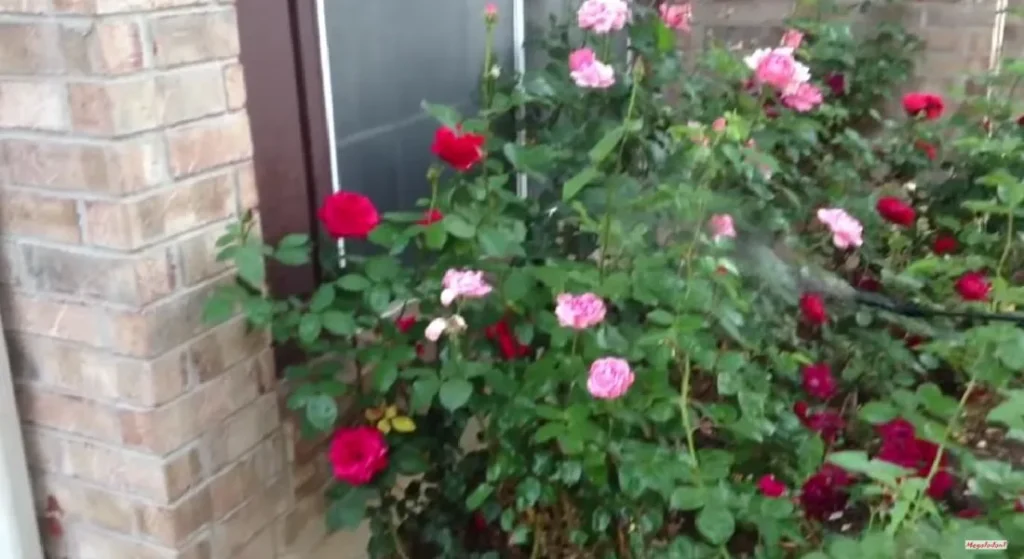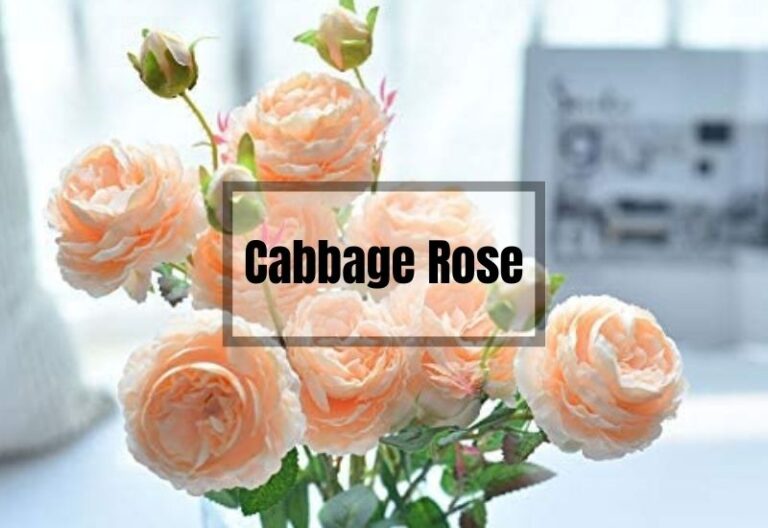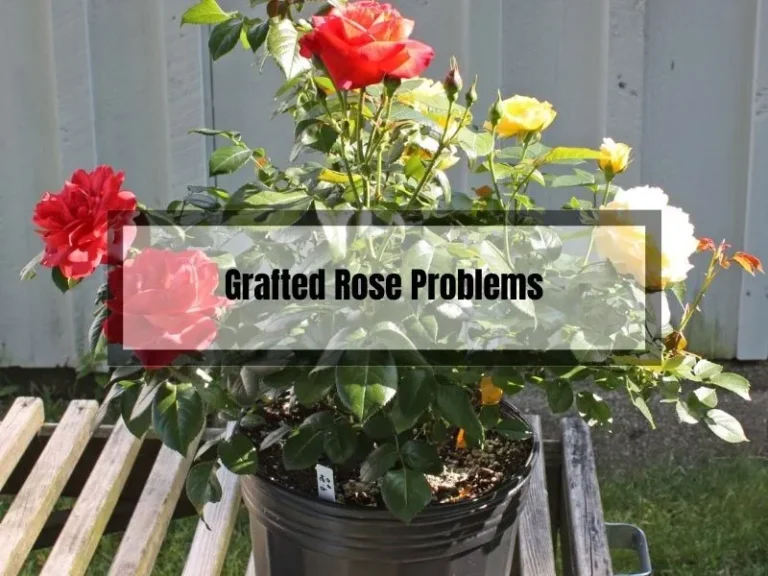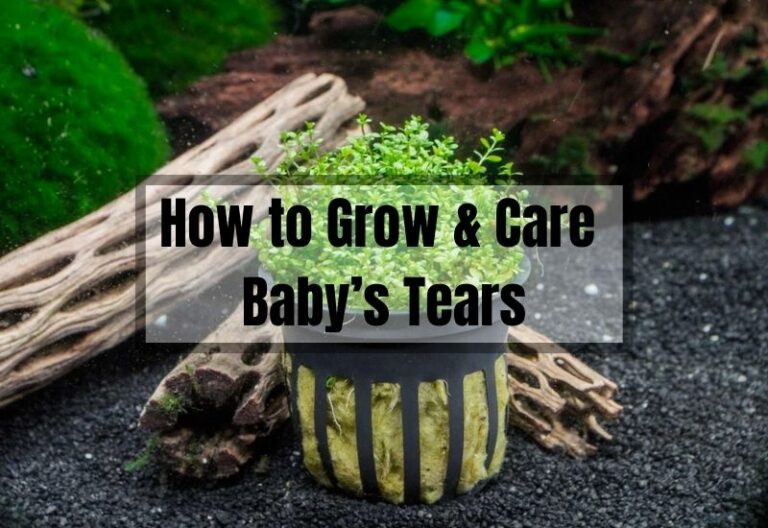Can You Use Sevin Dust on Roses? A Gardener’s Guide to Safe Pest Control
Welcome to the world of gardening, where you nurture your plants to watch them thrive. However, plants, like any living organisms, can face threats from pests and diseases.
Among the pests that can harm your roses are spider mites, thrips, and aphids. If you’re wondering whether Sevin dust is a suitable solution to protect your roses, the answer is yes.
Sevin dust is a broad-spectrum pesticide effective against common rose pests. It acts quickly, killing pests upon contact, making it a valuable choice for infestation control. To ensure your roses’ safety, it’s crucial to use it correctly. In this article, we’ll guide you on using Sevin dust for roses, its effects, and explore alternative options.
Key Takeaways
- Sevin dust is an effective pesticide against common pests that attack roses.
- When using Sevin dust on roses, it’s crucial to follow the instructions carefully to avoid any harm to your roses.
- There are alternatives to Sevin dust for roses that are safer for the environment and your health.

Can You Use Sevin Dust on Roses?
One of the most effective pesticides for roses is Sevin Dust. But can you use Sevin Dust on roses? The answer is yes! Sevin Dust is a widely used insecticide in the carbaryl family that can be used to control pests on roses.
When using Sevin Dust on roses, it’s important to follow the instructions and safety precautions. Here’s how you can use Sevin Dust on your roses:
- Remove any dead or diseased foliage before using Sevin Dust. This will help prevent the spread of pests to other parts of the plant.
- Mix the Sevin Dust with water according to the product directions. Be sure to wear gloves and protective clothing when handling Sevin Dust.
- Apply the mixture to the foliage of the rose bush, making sure you get the undersides of the leaves where pests are likely to be present. Avoid direct application on blooms.
- Water the rose bush lightly after application.
It’s important to note that Sevin Dust should only be used when pests are active. Applying it when there are no pests present can harm beneficial insects and disrupt the balance of your garden ecosystem.
In addition to using Sevin Dust, there are other steps you can take to keep your roses healthy and pest-free. These include:
- Regularly inspecting your roses for signs of pests or disease
- Removing any infected or damaged foliage promptly
- Planting disease-resistant varieties of roses
- Providing proper care, such as watering and fertilizing, to keep your roses healthy and strong
By taking these steps and using Sevin Dust when necessary, you can keep your roses looking beautiful and healthy all season long.
How to Apply Sevin Dust to Roses Safely and Effectively

If you’re dealing with pests on your roses, Sevin Dust can be an effective solution. Here’s how to apply Sevin Dust on roses to get rid of those pesky critters:
Appropriate Timing
The best time to apply Sevin Dust on roses is in the morning or evening when the temperature is cooler. T
his is because the product can evaporate quickly in the heat, making it less effective. Additionally, you should only apply Sevin Dust when pests are active on your roses.
Proper Application Technique
Before applying Sevin Dust, remove any dead or diseased foliage from the rose bush. This will help prevent the spread of pests to other parts of the plant. Next, mix the Sevin Dust with water according to the product directions.
When applying the mixture, make sure to focus on the undersides of the leaves and areas where pests are likely to be present. Avoid direct application on blooms, as this can damage them. After application, water the rose bush lightly to help the dust settle onto the foliage.
Here are some additional tips to keep in mind when applying Sevin Dust on roses:
- Wear gloves and protective clothing to avoid skin contact with the product.
- Use a mask or respirator to avoid inhaling the dust.
- Follow the product instructions carefully to ensure safe and effective use.
- Apply Sevin Dust only when necessary, as overuse can harm beneficial insects and the environment.
By following these steps and tips, you can effectively use Sevin Dust to control pests on your roses. Remember to always handle the product with care and follow the instructions for safe use.
When Should You Apply Sevin Dust to Roses?

Now that we know Sevin Dust is on the team, let’s talk about the best time to send it into the field. You’re looking for a calm, dry day. Wind can carry the dust away, rendering it useless, and rain… well, I’ll let you figure that one out.
As for when your roses need it, the telltale signs are there if you know what to look for. Yellow leaves, holes in your rose petals, a general sense of plant depression – these could be signs your flowers are under attack.
And don’t go dusting willy-nilly. If you’re dealing with a serious infestation, you can use Sevin Dust every seven days. But in general, it’s best to limit its use and consider it as a special forces unit, not your everyday foot soldier.
Can Sevin Dust Harm Bees or Other Beneficial Insects?
Yes, Sevin dust can harm bees and other beneficial insects if they come into contact with it. To minimize the impact on bees and other pollinators, avoid spraying Sevin dust on open flowers and only apply it in the early morning or late evening when bees are less active.
You can also cover your roses with a fine mesh netting during application to prevent bees from coming into contact with the dust.
Alternatives to Sevin Dust for Roses

While Sevin Dust is a popular insecticide for roses, some gardeners prefer to use natural or organic alternatives. Here are some options to consider:
Neem Oil
Neem oil is a natural insecticide that is derived from the seeds of the neem tree. It is effective in controlling a wide range of pests, including aphids, spider mites, and whiteflies.
To use neem oil on your roses, mix it with water according to the instructions on the label and spray it on the foliage.
Insecticidal Soap
Insecticidal soap is a safe and effective way to control pests on your roses. It works by suffocating the insects, so it is important to thoroughly coat the foliage with the soap.
To use insecticidal soap, mix it with water according to the instructions on the label and spray it on the affected plants.
Homemade Remedies
There are several homemade remedies that can be effective in controlling pests on your roses.
For example, you can mix equal parts water and vinegar and spray it on the foliage. You can also make a garlic spray by blending garlic cloves with water and straining the mixture. Another option is to mix dish soap with water and spray it on the affected plants.
Beneficial Insects
Another option for controlling pests on your roses is to introduce beneficial insects into your garden. Ladybugs, lacewings, and praying mantises are all natural predators of common rose pests. You can purchase these insects online or at your local garden center and release them into your garden.
While Sevin Dust is a popular choice for controlling pests on roses, there are many natural and organic alternatives to consider. Experiment with different options to find the one that works best for your garden.
Effects of Sevin Dust on Roses

If you’re wondering whether Sevin Dust is safe to use on your roses, you’re not alone. While Sevin Dust is an effective insecticide, it’s important to understand the effects it can have on your roses.
In this section, we’ll explore the immediate and long-term effects of using Sevin Dust on your roses.
Immediate Effects
When you apply Sevin Dust to your roses, you may notice some immediate effects. These can include:
- Wilting or discoloration of leaves
- Damage to blooms
- Stunting of growth
It’s important to note that these effects are usually temporary and will not harm your roses in the long run. However, it’s important to use Sevin Dust carefully to avoid damaging your roses.
To minimize the risk of immediate damage, avoid applying Sevin Dust directly to blooms and focus on the undersides of leaves where pests are likely to be present. Be sure to follow the product instructions carefully and avoid over-applying the product.
Long-Term Effects
While Sevin Dust may not harm your roses in the short term, repeated use can have long-term effects. These can include:
- Soil contamination: Sevin Dust can build up in the soil over time, potentially harming beneficial insects and microorganisms.
- Resistance: Repeated use of Sevin Dust can lead to pests developing resistance to the insecticide, making it less effective over time.
- Environmental impact: Sevin Dust can be harmful to non-target insects and animals, as well as the environment as a whole.
To minimize the risk of long-term damage, it’s important to use Sevin Dust sparingly and only when necessary. Try to use other pest control methods, such as companion planting or manual removal of pests, whenever possible.
Common Pests that Can be Controlled with Sevin Dust on Roses
Sevin dust is effective at controlling a variety of pests that can damage roses, including
- Aphids
- Spider
- Mites
- Thrips
- Japanese Beetles.
However, it’s important to identify the pest before applying Sevin dust to ensure that it is the appropriate treatment. Consult with a local gardening expert or nursery if you’re unsure about the pest affecting your roses.
Safety Precautions When Using Sevin Dust
When using Sevin Dust on your roses, it is important to take certain safety precautions to ensure that you and your plants are protected. Here are some tips to keep in mind:
- Always wear protective gear when applying Sevin Dust. This includes gloves, a mask, and eye protection. Make sure to cover as much of your skin as possible with long sleeves and pants.
- Do not apply Sevin Dust on a windy day. This can cause the dust to spread and potentially harm other plants or animals in the area.
- Make sure to read the label carefully before using Sevin Dust. Follow all instructions and make sure to use the correct amount of product for your specific needs.
- Do not apply Sevin Dust to blooms or flowers. This can cause damage to the plant and potentially harm pollinators.
- Keep children and pets away from treated areas until the dust has settled and the plant has dried.
- If you accidentally ingest or inhale Sevin Dust, seek medical attention immediately. Symptoms of exposure can include nausea, dizziness, and difficulty breathing.
- Store Sevin Dust in a secure location out of reach of children and pets.
By following these safety precautions, you can use Sevin Dust to effectively control pests on your roses without putting yourself or your plants at risk.
Frequently Asked Questions (FAQs)
Can Sevin dust harm my pets?
Yes, Sevin dust can be harmful to pets if ingested or inhaled. Keep your pets away from treated areas until the dust has settled and be sure to store the product in a secure location.
Can Sevin dust be used on other plants besides roses?
Yes, Sevin dust can be used on a variety of plants, including trees, shrubs, and flowers. Be sure to read the label to ensure that the product is appropriate for the plant and pest in question.
How long does it take for Sevin dust to work?
Sevin dust can start working within a few hours to a few days, depending on the pest and severity of the infestation. Repeat applications may be necessary to fully control the pest.
Conclusion
In conclusion, using Sevin dust on roses can be an effective way to control pest infestations, but it’s important to use the product as directed and take precautions to minimize any potential risks or side effects.
Consider using natural pest control methods and physical barriers before resorting to chemical pesticides, and always consult with a local gardening expert or nursery if you’re unsure about the best course of action. Happy gardening!
Related Posts:






